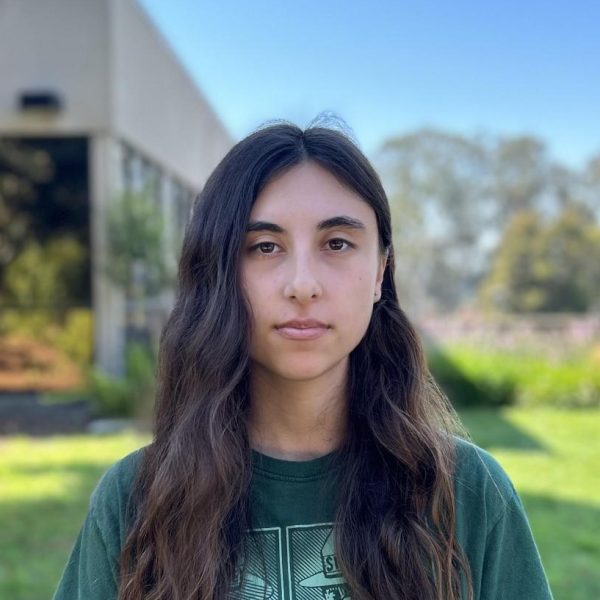According to data presented at the Contra Costa Community College District’s Sept. 11 Governing Board meeting, the district has increased its number of non-white employees by 13% over the last decade.
The employees of color across the district that were recorded in the 2023-2024 workforce diversity report included “African American/Black;” “Hispanic ethnicity of any race;” “American/Alaskan Native/Indigenous;” “Asian, Pacific Islander, Filipino;” and “Multi-race” with any of the prior listed race or ethnicities. However, new additions to the list – such as “Middle Eastern” –have been proposed for future workforce diversity reports.
From 2013-2014, the district-wide demographics show that 44% of employees at the time were white and 56% were people of color. In comparison, the demographics of the 2023–2024 year show that 36% of employees in the district were white and 64% were people of color, showing a significant increase.
“It’s not necessarily the case that we would like all of our employee groups to mirror exactly our student population,” the district’s associate vice chancellor and chief human resources officer, Jeffrey Michels, explained. “Of course, we very much want our students to be able to make connections with people of their own backgrounds and be able to see themselves in those leadership roles and faculty roles, but we also want to have a diverse population of teachers.”
But with trying to create a diverse population comes challenges with identity and many obstacles regarding how people classify their races and ethnicities – especially for people who come from varied or multiracial backgrounds.
“This is a really difficult conversation to start grappling with. We’re asking people how they self-identify, and that is in and of itself a moving target,” governing board president Rebecca Barrett said. “I think people of my generation are much more willing to identify that (multi-racial/multi-ethnic) way. Where previous generations, it was kind of seen more as a binary.”
The district has also taken multiple steps to work on Equal Employment Opportunity (EEO)-related projects and the retention of employees of color. Using $300,000 that was received for the 4CD teaching excellence faculty internship aimed at increasing the diversity of STEM faculty, two faculty leads and a team of mentors in 2023-2024 were recruited along with 12 interns for 2024-2025.
“Our projects that we’re funding are varied and high impact in some cases,” Michels said. “One of the main things that we want to do this year is to review our job descriptions – looking at minimum qualifications, trying to figure out both in the way we interact with the public and our job announcements and in how we present ourselves on paper. Are we being welcoming? Are we attracting a diverse pool of applicants? And are we screening people in?”
Along with updated diversity training, Michels confirmed that evaluation procedures regarding all employees will be revisited again to expand the focus on “Diversity, Equity, Inclusion, Accessibility, and Belonging.”


